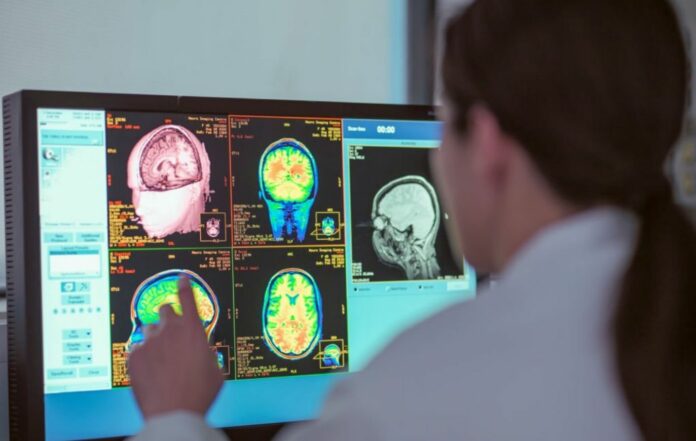New research disproves the theory that the adult brain’s structure is generally fixed and incapable of undergoing fast change.
According to a study from Germany, people who respond well to inpatient treatment for depression experience a higher increase in brain connection than those who do not.
Lead researcher Professor Jonathan Repple explained the results at the European College for Neuropsychopharmacology Congress in Vienna.
This indicates that, contrary to what we previously believed, the brain structure of those who suffer from severe clinical depression, comments Dr. Eric Ruhe, a physician at the Rabdoud University Medical Center in Nijmegen, the Netherlands – who was not involved in the study, can be improved in just six weeks.
“We found that if this treatment leads to an increase in brain connectivity, it is also effective in tackling depression symptoms,” adds the researcher.
“This gives hope to patients who believe nothing can change and they have to live with a disease forever, because it is “set in stone” in their brain.”
55 healthy controls and 109 patients with major depression (Major Depressive Disorder) were evaluated by the researchers at the University of Muenster in Germany.
Their brains were scanned using an MRI scanner that was programmed to identify which areas of the brain were talking with one another, so assessing the extent of connectivity inside the brain.
The patients were subsequently given depression treatment, some of which included electroconvulsive therapy (ECT), some of which included counseling or medication, and some of which included a combination of all three.
They were rescanned after treatment, and the number of connections was counted. They underwent another test to check for signs of depression.
Contrary to previous predictions, they “found that treatment for depression changed the infrastructure of the brain and treated patients showed a greater number of connections than they had shown before treatment,” adds Professor Repple, who is at the University of Frankfurt’s Professor of Predictive Psychiatry.
In addition, those who responded well to treatment acquired a greater number of new connections than those who responded poorly. A second analysis demonstrating that there are no time effects in healthy controls reinforces their conclusion that they observe a relationship between the disease and, more significantly, its treatment.
“We found these changes took place over a period of only around 6 weeks, we were surprised at the speed of response. We don’t have an explanation as to how these changes take place, or why they should happen with such different forms of treatment.”
According to Dr. Ruhe, this is a fascinating and difficult-to-conduct study in which the authors repeated MRI scans on patients being treated for depression to uncover changes in structural connections over time.
The findings are in line with our present theory, which holds that the brain is far more adaptable than previously believed throughout the course of (even a little period of) time. Plastic changes over time are in fact a key concept in the treatment of depression and other psychiatric illnesses.
This has been suggested as a shared mechanism for electroconvulsive treatment, psychotherapy, and antidepressants. However, there hasn’t been much research done to clarify the particular changes that must occur for a patient to respond to treatment or have a remission of their depression.
The following question is whether we can utilize the disruptions in brain networks as measured in the present study to determine which therapy will be useful or whether different therapies have the potential to precisely change targeted brain networks.
“The fact that the observed changes over time could not be associated with a form of treatment is a pity, but as the authors themselves suggest a topic for further research. First these results should be replicated in independent samples which hopefully is going to happen soon. Second further elaboration on this approach would be daunting and should be supported firmly as this work might help to bridge the current gap between neuroscience and evidence based patient care.”
Image Credit: Getty
You were reading: Brain Structure ‘Is Not As Fixed As We Thought’ – It Can Be Improved
